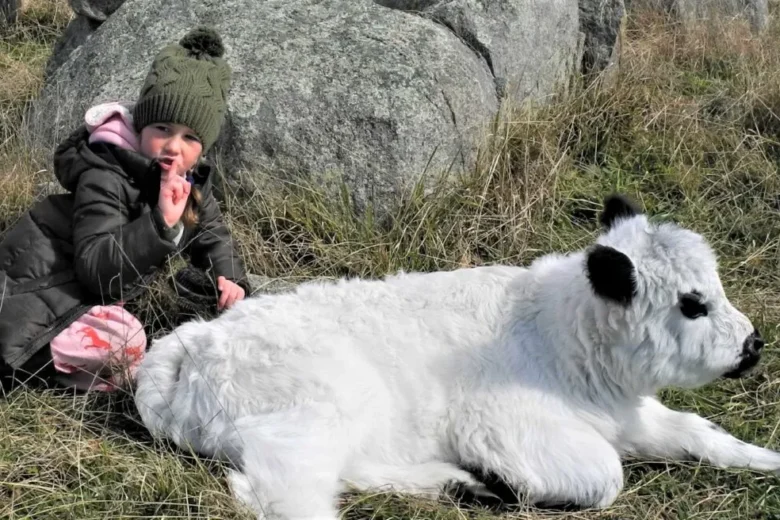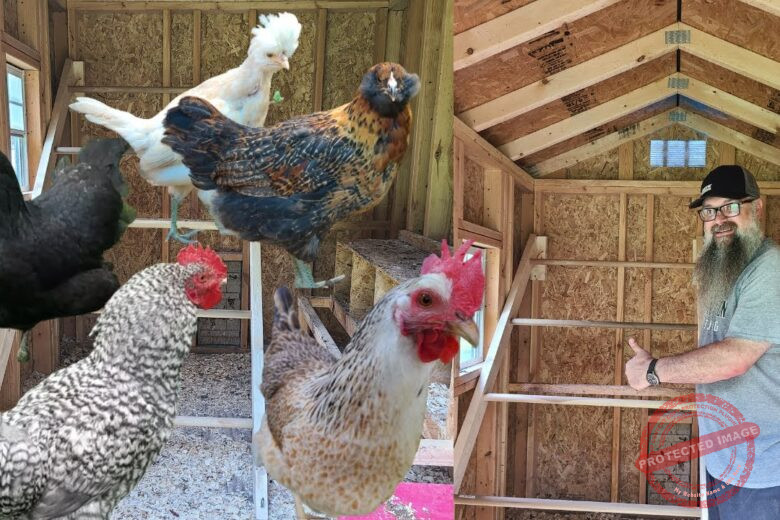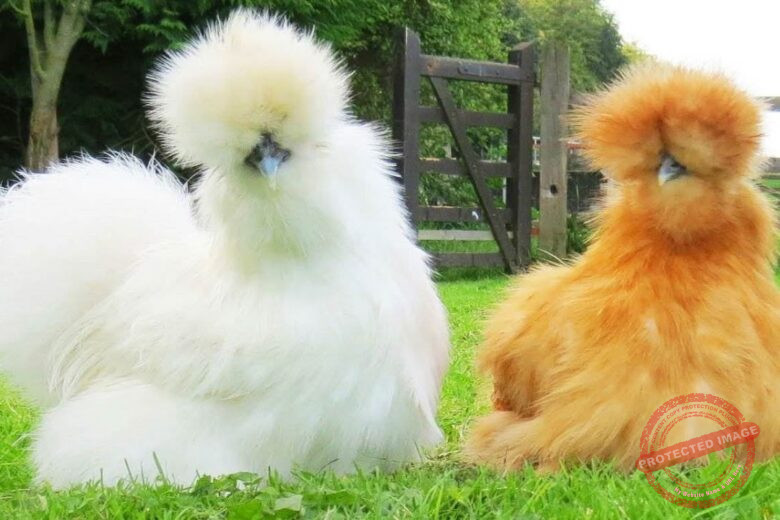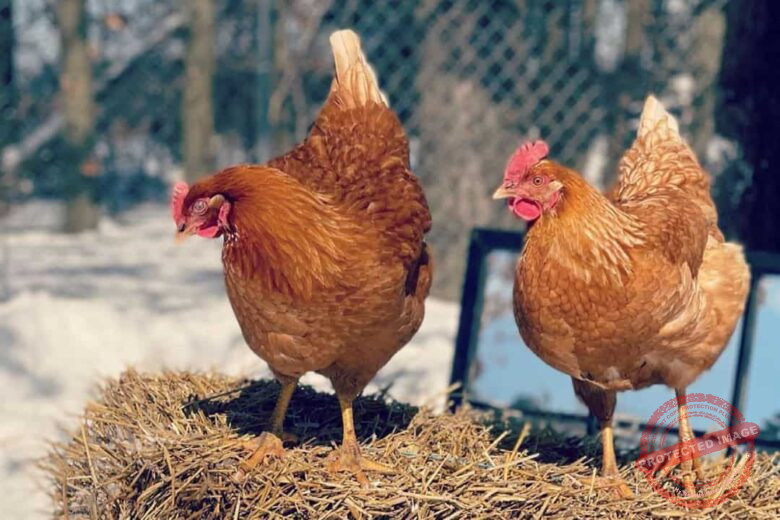If you’ve ever dealt with ringworm in cattle, you know it’s not just a small inconvenience. It spreads fast, it looks nasty, and it can cause more trouble than most of us bargain for. I still remember the first time I saw it on one of my young heifers. At first glance, I thought it was just a scrape or maybe a patch of dry skin. A week later, it had spread, and before I knew it, two more calves had the same ugly, round patches on their faces. That’s when I realized that ringworm isn’t something you can just ignore—it requires action.
Cattle farming already comes with its fair share of challenges, right? From feed costs to fencing repairs, there’s always something waiting for our attention. So when ringworm shows up, it can feel like one more headache on an already long list. But the truth is, with the right knowledge and approach, ringworm doesn’t have to throw you off course. It’s treatable, preventable, and manageable if you stay ahead of it. Think of it as just another part of herd management that we, as farmers, need to keep in our toolkit.
Now, let’s be clear—ringworm in cattle isn’t caused by worms at all. It’s a fungal infection. Sounds strange, doesn’t it? The name throws people off all the time. But this fungus thrives in damp conditions, close quarters, or whenever the cattle’s immune system is a little run down. That means winter housing or crowded pens can make outbreaks worse. If you’ve seen it once, you know how easily it can pass from one animal to another, and even to humans handling them. That’s why every farmer should know about treatment for ringworm in cattle, plus the vaccines and prevention tips that save both time and stress.
What Exactly Is Ringworm in Cattle?
Ringworm in cattle is a skin infection caused by fungi called dermatophytes. These little troublemakers feed on keratin in the skin and hair. The result? Round, grey-white patches where the hair falls out.
You’ll usually notice it on the head, around the eyes, or on the neck. Calves and young cattle are especially vulnerable. Older cows can get it too, but they sometimes build a bit of resistance over time.
And here’s the kicker—it’s contagious. If one calf has it, and you don’t step in, the whole pen might look patchy in a month.
Symptoms to Watch For
How do you know it’s ringworm and not just a skin scrape? Look for these signs:
Round, hairless patches on the face, neck, or shoulders
Grey, crusty scabs forming over the skin
Sometimes mild itchiness, but not always
Spreading lesions that grow larger over time
If you’ve ever seen your cattle rubbing against posts or gates a little more than usual, that can also be a clue.
Causes and Risk Factors
Ringworm doesn’t just appear out of nowhere. Conditions on the farm often play a role.
Crowded housing – Too many cattle in a tight space
Damp, dark barns – Fungus thrives in moisture
Stress or poor nutrition – Weak immune systems invite trouble
Young age – Calves are especially prone
Think back to winter months when you house cattle close together. That’s usually when outbreaks spike.
Treatment for Ringworm in Cattle
Alright, here’s the big question: how do you actually treat ringworm in cattle?
Topical Antifungal Treatments
Iodine solutions or antifungal sprays work well on affected patches.
You’ll need to apply it daily for a couple of weeks.
Lime Sulfur Wash
A tried-and-true method. It smells terrible, but it clears the fungus.
Always wear gloves when applying it.
Disinfect Equipment and Housing
Brushes, feed buckets, and even walls can carry spores.
Bleach solutions or commercial disinfectants help kill them off.
Boost Immune Health
Good nutrition speeds up recovery.
Minerals like zinc and selenium play a role in skin health.
Remember, ringworm is usually self-limiting, which means it can heal on its own in time. But treating it reduces spread and helps the cattle recover quicker.
Vaccines for Ringworm in Cattle
Did you know there are vaccines available? In many countries, vaccines are used to control outbreaks in herds. They can be given both for prevention and treatment.
The vaccine works by helping the immune system recognize and fight the fungus faster. Farmers with big herds often find this option worthwhile, especially in areas where ringworm keeps coming back year after year.
Preventing Ringworm Outbreaks
An ounce of prevention is worth a pound of cure, right? Here’s how you can stay ahead of ringworm:
Keep barns clean, dry, and well-ventilated
Avoid overcrowding cattle in pens
Regularly disinfect brushes, halters, and shared equipment
Rotate young stock through housing areas to prevent buildup
Consider vaccination in herds with a history of outbreaks
A Relatable Scenario on the Farm
Let me paint a picture for you. Imagine it’s the middle of winter. The cattle are all tucked into the barn because the pastures are frozen over. You walk in one morning and notice a calf with a bare patch around its eye. You shrug it off at first, maybe thinking it’s from a bump or scrape.
Two weeks later, you notice three calves with the same grey patches. Suddenly, you realize you’re looking at ringworm spreading like wildfire. Now you’ve got to treat the cattle, disinfect the barn, and handle them carefully so you don’t catch it yourself. That’s when prevention really hits home—because cleaning, treating, and chasing it down is a whole lot more work than stopping it before it spreads.
FAQs About Ringworm in Cattle
Q: Can humans get ringworm from cattle?
Yes, it’s zoonotic, meaning it can spread to people. Always wear gloves when handling infected cattle.
Q: How long does it take for ringworm to heal?
With treatment, you might see improvement in 2–4 weeks. Without it, recovery can take several months.
Q: Is ringworm dangerous for cattle?
Not usually fatal, but it affects appearance, growth in calves, and can spread fast in herds.
Q: Do I always need a vaccine?
Not always. Small herds may manage fine with treatment, but larger herds often benefit from vaccines.
Q: Should I isolate infected animals?
If possible, yes. Isolation helps slow the spread.
How-To: Step-by-Step Treatment Plan
Identify cattle with lesions.
Apply antifungal treatment daily.
Disinfect equipment, brushes, and pens.
Improve ventilation and reduce dampness.
Consider vaccination if outbreaks are common.
Monitor the herd closely for new cases.
Final Thoughts from One Farmer to Another
Ringworm might look intimidating, but it doesn’t have to overwhelm you. With proper prevention, good herd management, and quick action, you can stop it in its tracks. Think of it as a reminder of how closely our animals’ health is tied to the environment we provide them.
We’ve all faced challenges on the farm that seemed bigger than us at first, but experience teaches us that no problem is unsolvable with patience and consistency. Take care of your herd, keep their housing clean, and don’t hesitate to use vaccines when needed. At the end of the day, healthy cattle mean a healthy farm—and less stress for us farmers.
So, what steps are you taking this season to keep your herd free of ringworm?



